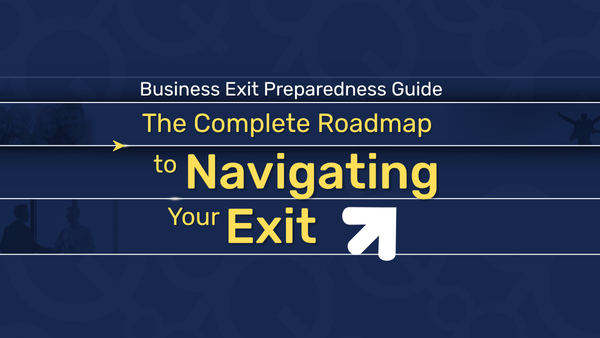Multi-location businesses present unique opportunities and challenges during exit planning. Geographic spread can significantly enhance company value, but only when operations demonstrate consistent excellence across all locations. The key to maximizing exit value lies in three core areas: standardization, geographic value creation, and distributed operations management.
Building the Foundation Through Standardization
Standardization serves as the foundation for scalable excellence. The most valuable multi-location businesses build robust systems that ensure consistent quality across every site. This goes beyond basic operational procedures – it encompasses everything from customer experience to technology infrastructure. When potential buyers evaluate multi-location operations, they look for evidence that success in one location can be replicated reliably across all sites.
Technology plays a crucial role in this standardization. Modern multi-location businesses leverage centralized management platforms that provide real-time visibility into operations across all sites. These systems do more than track performance – they enable rapid problem identification, facilitate resource allocation, and ensure consistent quality control. This technological infrastructure demonstrates to potential buyers that the business can scale efficiently.
Creating Value Through Geographic Diversity

Geographic diversity creates inherent value through market penetration and risk distribution. Each location represents not just current revenue, but potential for regional dominance and future expansion. Smart operators map their territories strategically, demonstrating to buyers both current market coverage and clear opportunities for growth. This territorial approach transforms location diversity from a management challenge into a valuable asset.
Mastering Distributed Operations

The management of distributed operations requires a delicate balance between central control and local autonomy. Successful multi-location businesses develop clear frameworks that enable local teams to respond to market-specific needs while maintaining consistent brand standards. This balance creates scalable operations that can adapt to local conditions without sacrificing quality or efficiency.
Building Growth Architecture

Growth architecture becomes particularly important in exit planning. Buyers pay premium valuations for businesses that demonstrate systematic approaches to expansion. This includes clear protocols for new location selection, proven procedures for opening new sites, and established systems for bringing new locations up to full operational capacity quickly.
Managing Physical Assets

Physical asset management takes on heightened importance in multi-location operations. Smart operators develop systematic approaches to facility maintenance, equipment standardization, and property portfolio optimization. These systems protect current value while creating clear paths to future growth.
Implementing Risk Management

Risk mitigation requires special attention in geographically distributed operations. Successful multi-location businesses develop comprehensive approaches to managing location-specific challenges, from local regulatory compliance to crisis response protocols. These systems protect value while demonstrating operational sophistication to potential buyers.
Developing Communication Infrastructure

The most valuable multi-location businesses build strong communication infrastructure connecting all sites. This enables rapid problem solving, facilitates best practice sharing, and ensures consistent quality across locations. Effective communication systems transform geographic spread from a management challenge into an operational advantage.
Optimizing Performance Across Locations

Performance optimization in multi-location businesses requires systematic approaches to benchmarking and improvement. Leading operators develop clear metrics for comparing location performance, identifying improvement opportunities, and implementing best practices across sites. This creates a culture of continuous improvement that adds significant value.
Preparing for Exit
Exit preparation for multi-location businesses must address both current operations and future potential. Documentation becomes particularly important, as buyers need clear evidence of both current performance and growth potential. This includes detailed analysis of market penetration, expansion opportunities, and operational synergies.
Multi-location businesses that master these elements can command premium valuations by demonstrating consistent excellence across sites while maintaining clear paths to future growth. The combination of current performance and expansion potential creates compelling value propositions for sophisticated buyers seeking proven growth platforms.
By focusing on standardization, geographic value creation, and effective distributed operations management, multi-location businesses can build sustainable value that translates into successful exits. The ability to replicate success across locations while maintaining quality and efficiency represents a significant value driver that attracts premium valuations from knowledgeable buyers.







